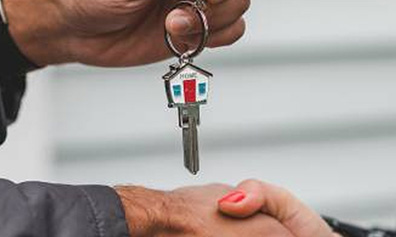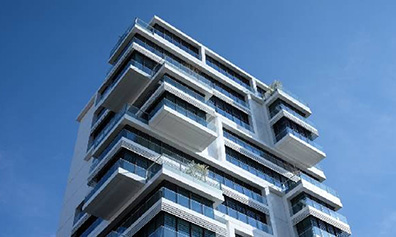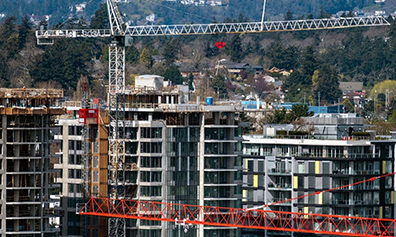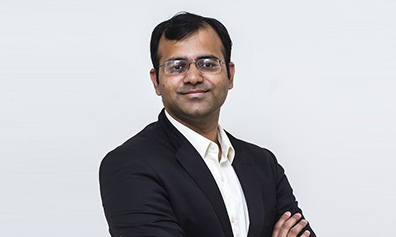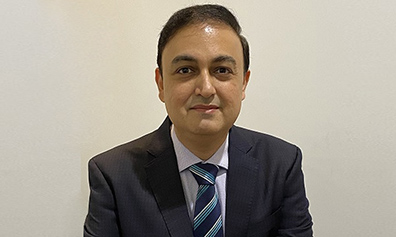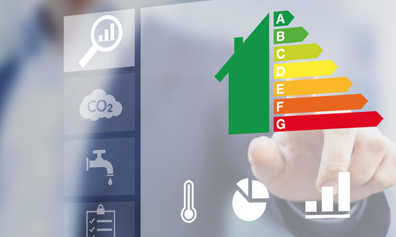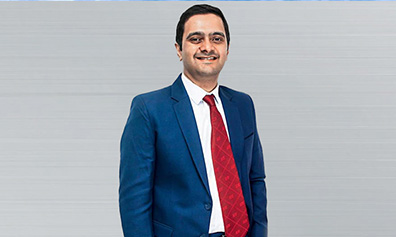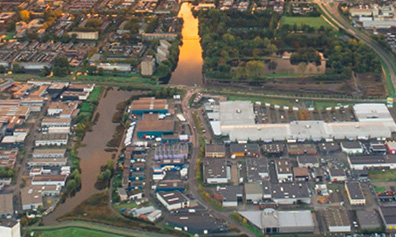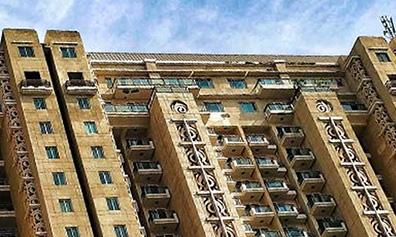In recent decades, India has experienced rapid urbanisation, resulting in a major shift in expansion of the major cities. However, due to the scarcity of low-cost land, rising construction prices, and slim profit margins, the urban housing shortage has grown to beyond 2 million and needs focused attention. Further, majority of demand for housing is in the affordable segment, which requires a rethink on fundamental parameters.
Given the gravity of the situation, it’s clear that now is the time to make housing affordable and accessible to all. Affordable housing will combat the challenges of urbanisation, provide safe and hygienic living conditions to all sections of society, improve the overall health of citizens, and result in job creation. Considering the growing rate of urbanisation and migration to cities, it is critical for the central and state governments to devise ways to build faster and cheaper.
Recently, the Finance Minister presented a growth-oriented Budget 2022-23, and it was positive to see an increased focus on affordable housing, with Rs. 48,000 crores allocated to complete 80 lakh houses for eligible beneficiaries of PM Awas Yojana (PMAY). This is a hopeful step towards the government’s Housing for All commitment, which has been a focus since 2014.
Regarding housing infrastructure, the Har Ghar, Nal Se Jal scheme covers 8.7 crore households, of which 5.5 crore were given access to tap water in the last two years. It’s also heartening to see that Rs 60,000 crore has been allocated to cover 3.8 crore households in 2022-23. What’s more, the government is also looking to extend incentives by one year for buying affordable homes priced up to Rs. 45 lakh.
Housing security is a basic need and intrinsic to the development of a nation. A fresh approach towards affordable housing with some policy measures such as differentiated density norms, FAR incentives, rethinking zoning, enhancing liquidity & financing measures and development of transportation network to integrate satellite towns can help in providing more innovative solutions to the current issue at hand. We hope to see a continued prioritization of affordable housing and a strong performance in 2022.




